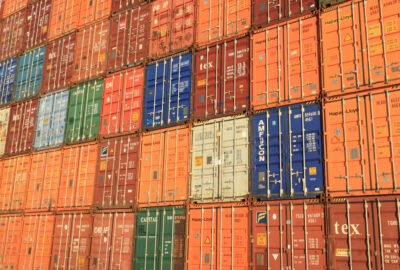Professional journalists face two significant challenges when working on stories. First, they generally are operating on a tight timeframe, often with a hard deadline that’s much closer than they’d like. Second, they now have access to more information from ever before, but it can be difficult to winnow that information down to the most useful and most accurate. You can help your organization’s reputation and educate journalists with white papers.
The need to provide journalists with white papers
Many companies and other organizations operate in settings that draw the attention of the media, and it’s not unusual to hear complaints that reporters and other media representative don’t always understand the issues they report about. For example, a company may do business in an industry sector that’s widely misunderstood by the general public, such as electric power. Most journalists do not have specialized training in the electric power industry, so when they cover stories, they may misunderstand or mis-state facts.
Connecting journalists with white papers
By developing a white paper explaining the particular issue or describing how a particular type of technology works, the companies can easily deliver information that will improve the journalist’s understanding of the issue.
An example might be that a local electric power supplier plans to work with a landfill to generate electricity from the gases resulting from decomposition within the landfill. That power supplier can supply local journalists with white papers detailing how those gases can be captured and burned to generate electricity. Their white papers might also explore common misconceptions about the process and point to the benefits it provides for the supplier and its customers, such as lower-cost generation and turning greenhouse gases into power.
Builds a working relationship
By providing useful information to journalists, the power supplier enhances its relationship with the journalist and builds a sense of mutual trust. When the journalist sees that the supplier is not only willing to provide information but can do so in layperson’s language, the journalist is more likely to reach out to the supplier in the future.
Sharing information about an issue
White papers and journalists are also a good combination when it comes to contentious issues. An excellent example was when our state’s governor and several key legislators made claims that school districts were spending too much on construction. They pointed to the average cost of schools in surrounding states, along with what it cost to build other types of buildings, and proposed legislation that would put severe limits on local districts and their ability to pursue construction projects.
Educating about both sides
Without any information countering the governor’s stance, many journalists simply accepted the claims at face value and reported them as though they were factual. A group of architects, contractors, engineers, and others who were involved with school projects came together to create an organization to educate legislators and journalists about the reality of school construction. We worked with them to create a white paper that explained why apples-to-apples comparisons with other states were impossible and misleading.
Keeping the messages simple
The paper was written in layman’s language and included charts comparing the state to surrounding states. It shared statistics from independent sources proving that what the state’s districts were spending was actually less than their counterparts in many areas of county. It also explored the complexities and challenges associated with school construction, detailing why, for example, a 100,000 square foot school costs significantly more to build than a 100,000 square foot warehouse.
A powerful tool
By equipping the journalists with white papers, the organization was able to encourage the media to develop more balanced coverage. Journalists were able to ask better questions of the legislators, spurring a more robust debate about the proposed legislation.


